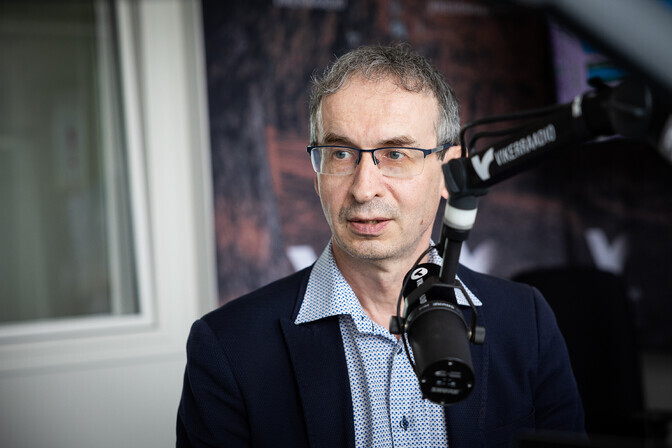Estonia has no plans to directly support the construction of a nuclear power plant under any scheme, and all investment risk must be borne by the developers themselves, said Einari Kisel, professor of energy at TalTech and adviser to the Ministry of Climate, in an interview with ERR.
Estonia is rethinking its approach to electricity production, steering away from state-supported energy generation and toward a market-based model where each technology must stand on its own. In an interview with ERR, energy expert Einari Kisel explained that electricity consumption in Estonia has remained largely unchanged over the past two decades, contrary to earlier projections that anticipated growth driven by new industrial developments and increased electrification of transport. This largely static demand complicates earlier plans that called for a significant expansion of renewable energy sources such as wind, solar and bioenergy to meet a presumed rise in consumption by 2030.
One of the most significant shifts outlined by Kisel involves Estonia’s stance on nuclear energy. While the state is prepared to support the development of the necessary regulatory framework — such as permitting processes, institutional oversight, long-term safety planning and regulatory changes aimed at making long-term financing options available in the EU — it will not offer direct financial support to nuclear developers. Any nuclear project would need to be financed and carried forward entirely by private investors willing to assume full commercial risk.
This reflects a broader policy transition: by the time a nuclear power station could realistically become operational, Estonia will have ended state subsidies for all forms of electricity production, Kisel suggested. Existing support mechanisms, like renewable energy auctions, will be phased out, and any new capacity must be economically viable without government assistance. The goal is to allow the market to dictate which energy technologies survive and expand.
In the meantime, Estonia is preparing to ensure grid reliability and energy security as older oil-shale power plants near the end of their operational lives. These facilities — many over 60 years old — will remain available only as emergency backups. To replace their capacity and support stable electricity delivery, Estonia plans to rely increasingly on gas-fired reserve capacity. Biogas, particularly biomethane with an estimated production potential of around 0.3 terawatt-hours annually, may also play a supporting role.
Although Estonia is not ruling out the development of offshore wind parks, these projects are currently not competitive without subsidies. As such, they are unlikely to be built under the emerging market-based framework. However, grid infrastructure analyses are being upgraded to accommodate them should they become viable in the future. This includes studies for a fourth power interconnector with Latvia and planning for additional offshore grid links.
—
Follow ERR News on Facebook, Bluesky and X and never miss an update!
